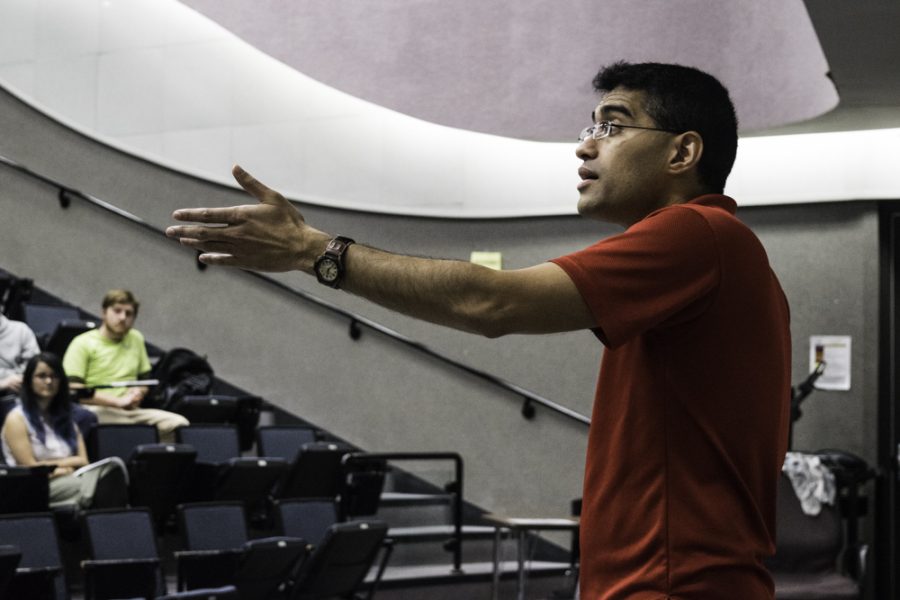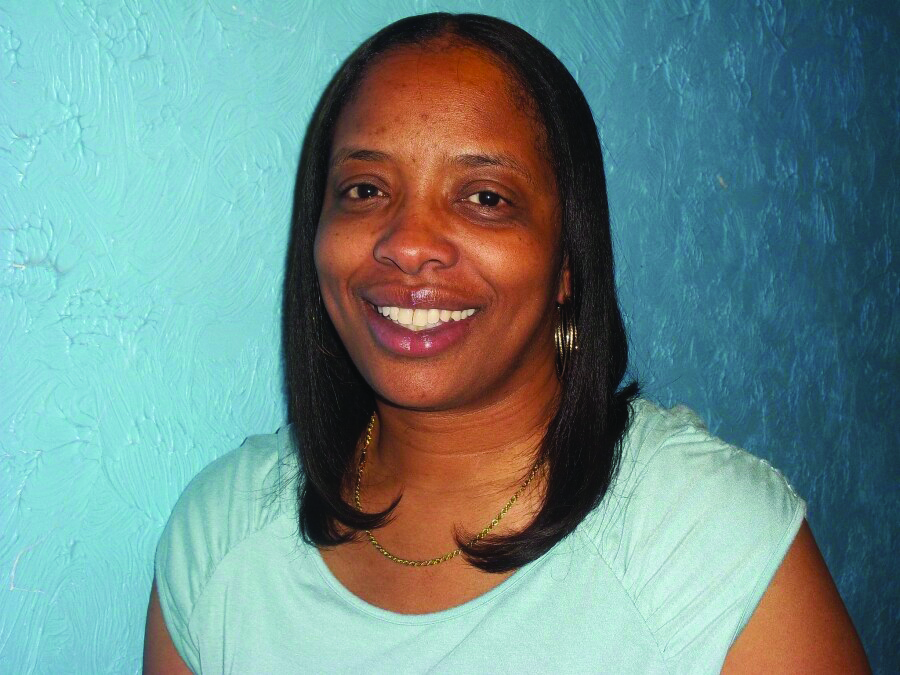How clear-cut are right and wrong?
October 13, 2016
Though it sounds forbidding, “scalar consequentialism” might not be so difficult of a concept.
This is what Neil Sinhababu, philosophy professor at the National University of Singapore, came to UA to talk about on Tuesday, Oct. 11, in a lecture called “Scalar Consequentialism the Right Way,” which about 80 students attended. It was hosted by UA’s philosophy club.
“The central thesis of the talk is [that] rightness and wrongness come in degrees,” Sinhababu said, “and views that first look at states of affairs and their goodness [utilitarianism] to explain that rightness and wrongness, have an advantage with being able to use those degrees.”
Sinhababu says that people often think rightness and wrongness are sharp cut-offs, and fail to see that some things, though wrong, can be more or less wrong than other things; and some things, though right, can be more or less right than other things.
In other words, rightness and wrongness are scalar – they lie on a continuum, just like the words “better” and “worse” or “hot” and “cold” (i.e., things can be good, better or best; bad, worse or worst; hot, hotter, or hottest; cold, colder or coldest).
Among other uses, remembering this idea, Sinhababu says, helps with things like moral evaluation.
In his talk, Sinhababu gave the example of a fictional character, Betsy, staying home to play video games instead of seeing a movie she promised to watch with her friend Daniel. Daniel is frustrated – and rightfully so, because what Betsy did was wrong. However, Betsy could have done much worse. She could have ditched Daniel and robbed his house, or ditched Daniel and attacked people on the street, instead of just playing video games. So what she ended up doing was much less wrong than what she could have ended up doing.
The scalar nature of right and wrong is an attribute of Sinhababu’s main philosophical commitment: hedonic utilitarianism, which holds that what is right is what gives the greatest amount of good to the greatest number, where “good” is how much pleasure something gives, and “bad” is how much displeasure something gives.
“I think most students start [philosophy] off with a religious or relativistic intuition,” said Priscilla Sakezles, professor and chair of UA’s philosophy department. “[Utilitarianism] is kind of challenging for them, but it’s a very logical theory.”
“The good thing about utilitarianism is how realistic it is, how well it maps onto reality,” she continued. “So many ethical theories say ‘this is right’ and ‘this is wrong,’ and reality’s not like that.”
Sinhababu adopted utilitarianism during his freshman year of college at Harvard. Since, he has been refining his positions on it, with the details of scalar consequentialism being a recent development.
Robert Barrett, a junior pre-law student, attended Tuesday night’s lecture.
“I came into it just interested in hearing the talk, and because I’m opposed to [utilitarianism],” Barrett said. “I think there are very good principles within it, but I just don’t think it’s a good, complete system.”
UA’s philosophy club usually meets every Thursday at 6 p.m. on the third floor of the Student Union. More information about philosophy events and groups can be found on uakron.edu/philosophy.












